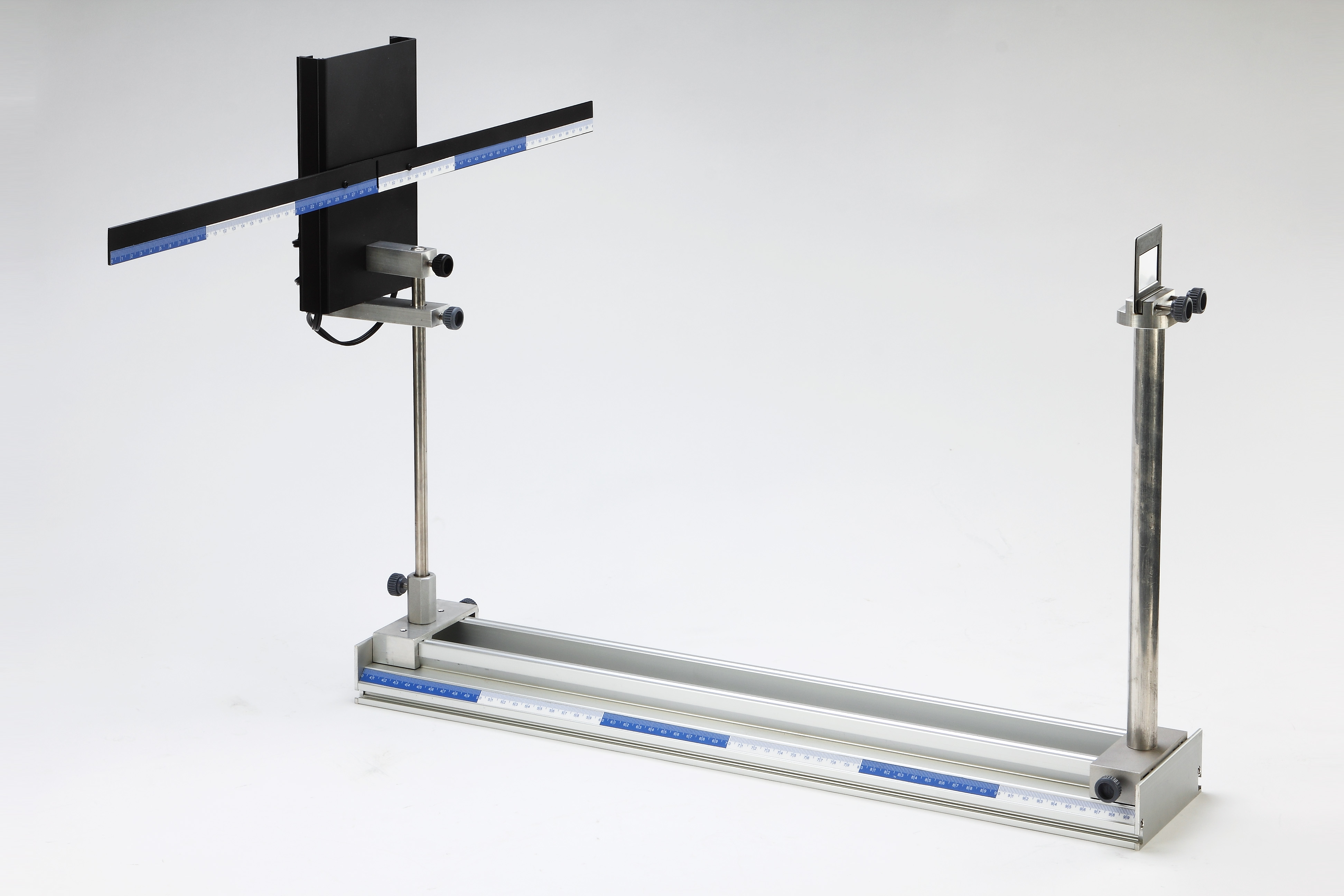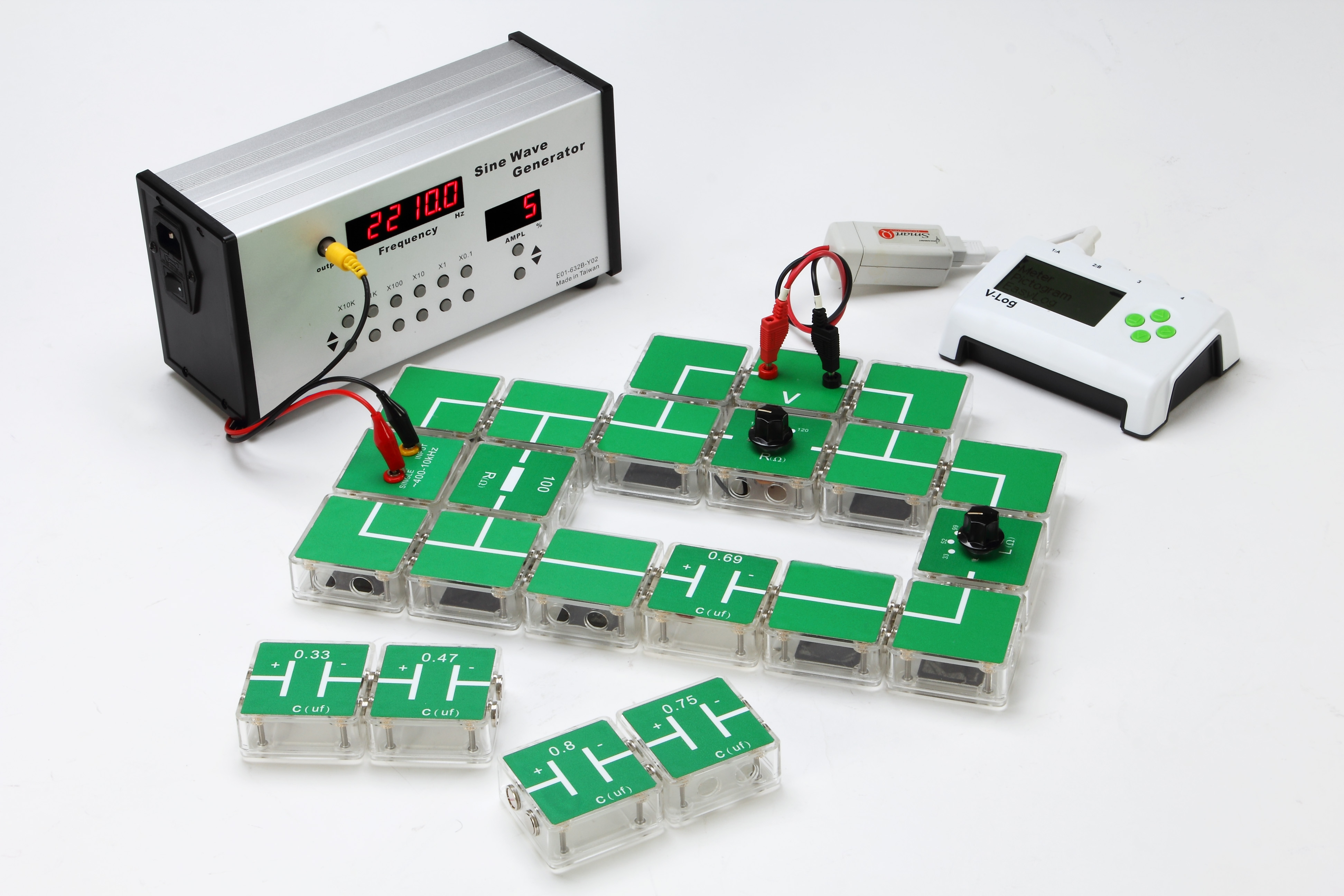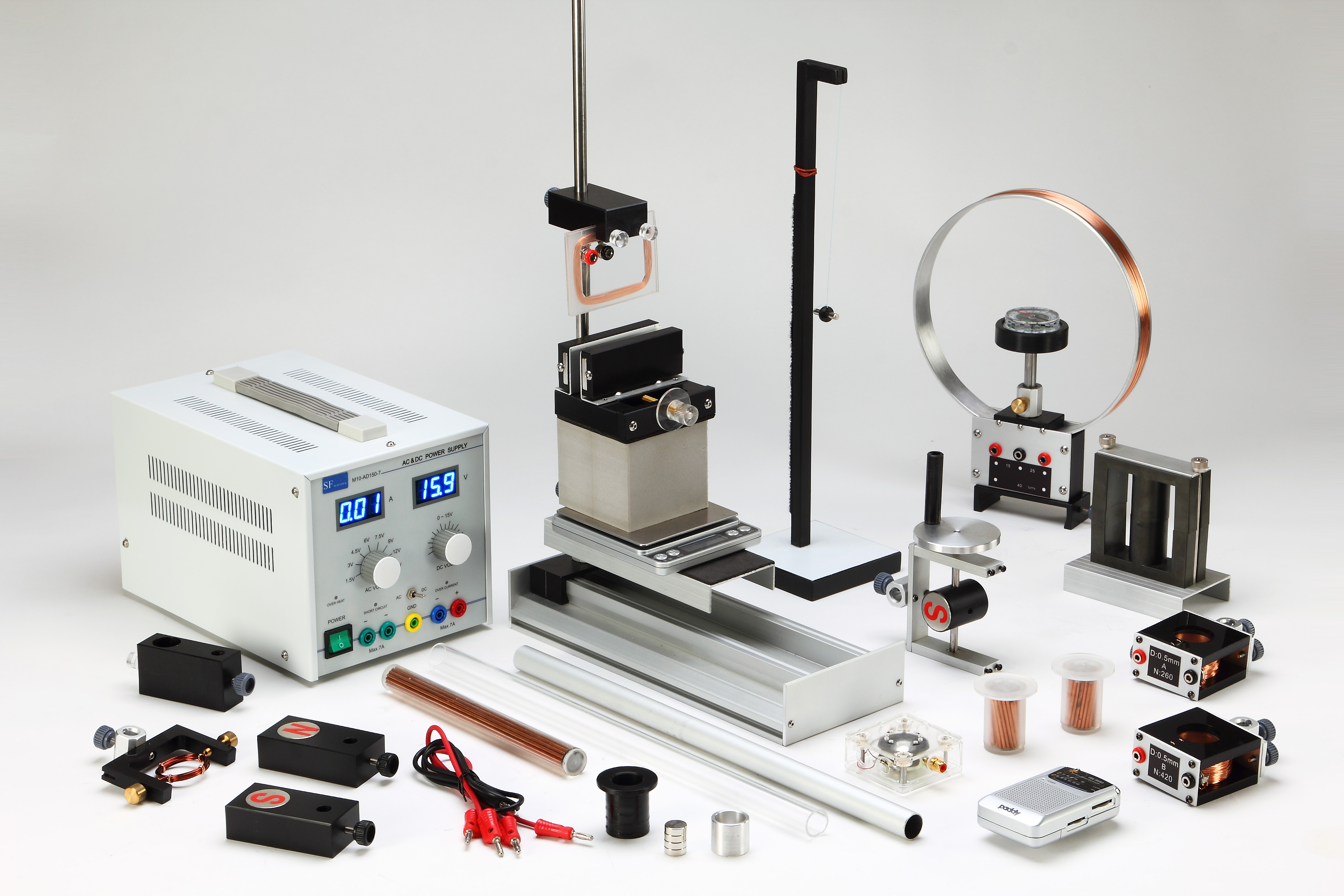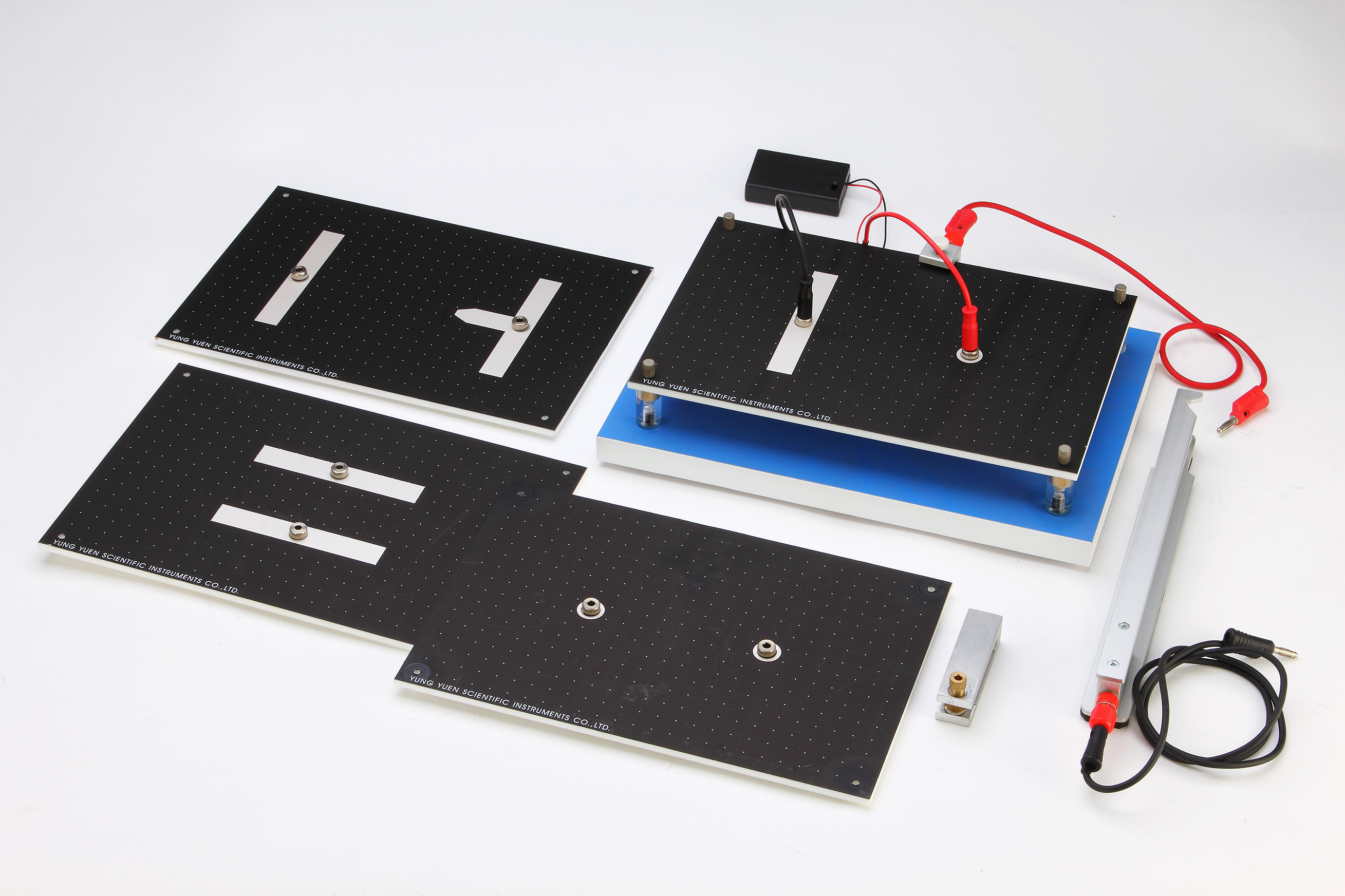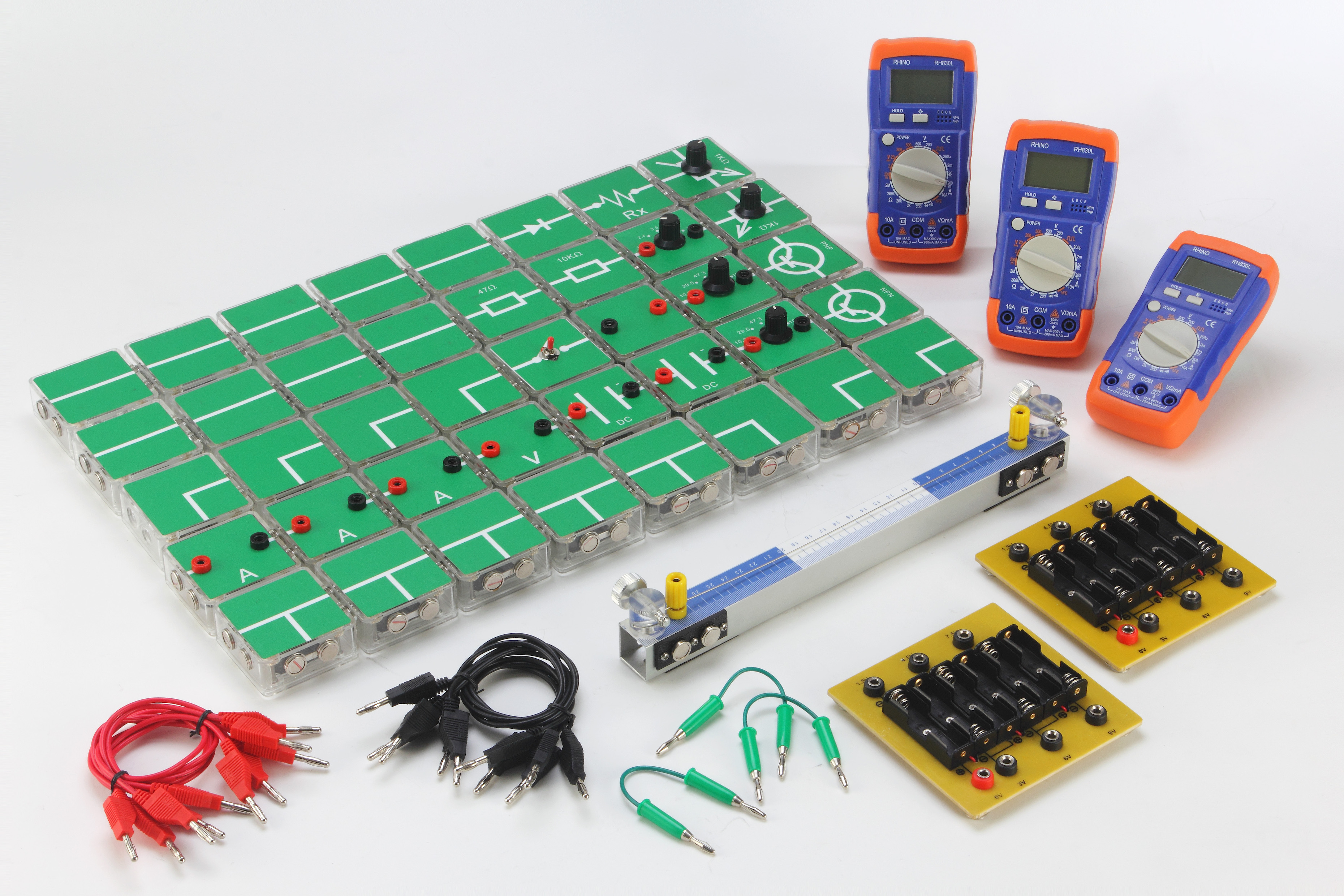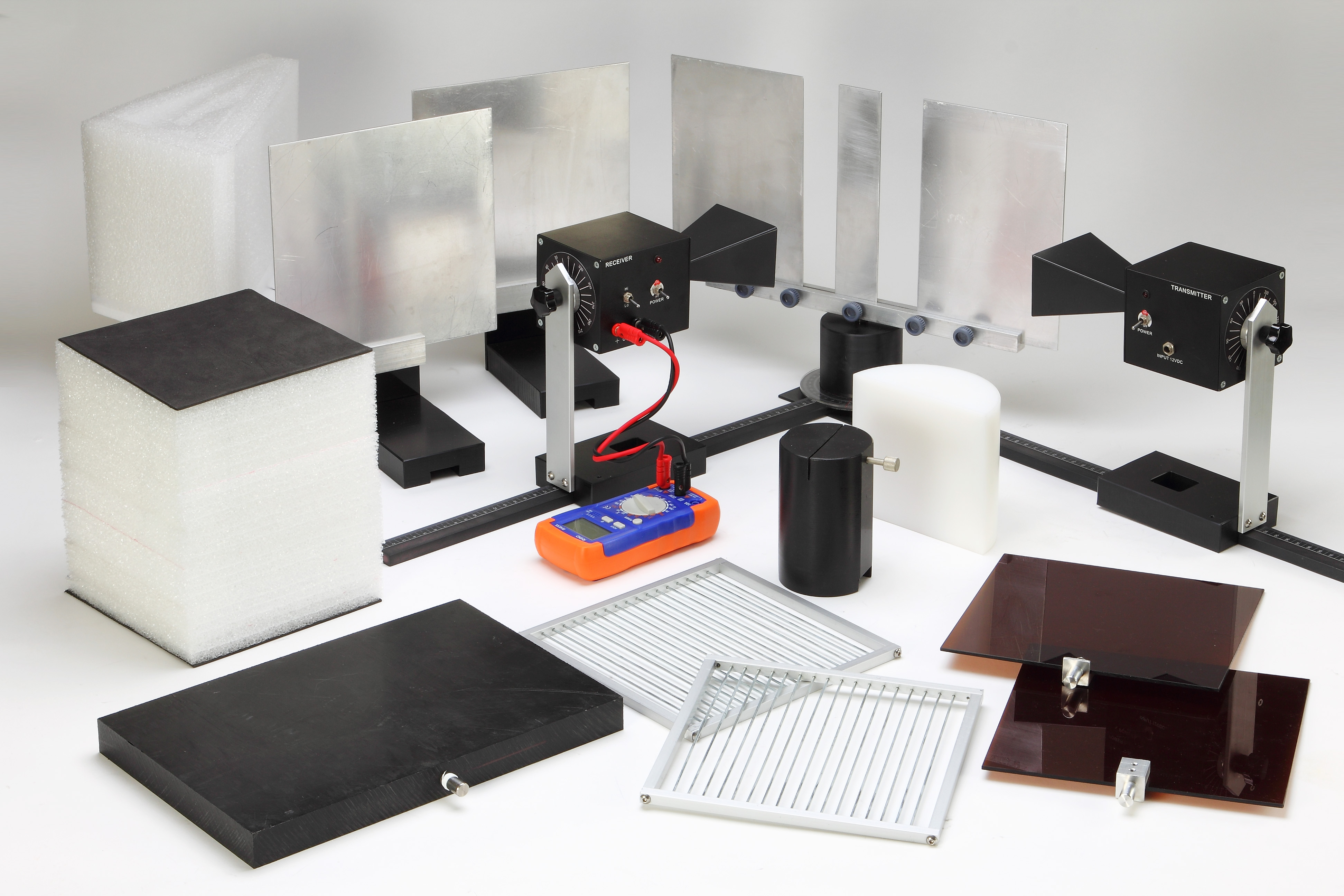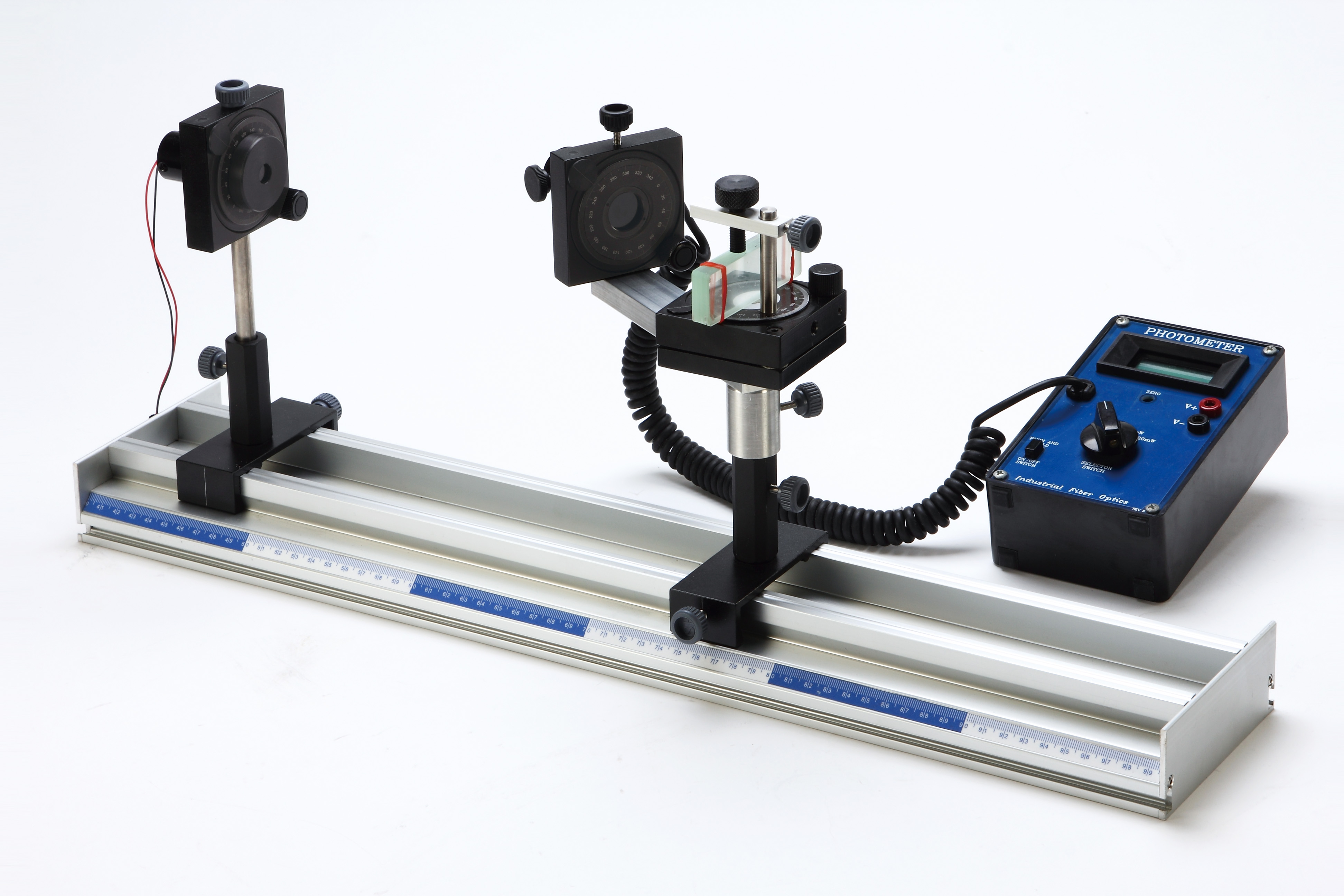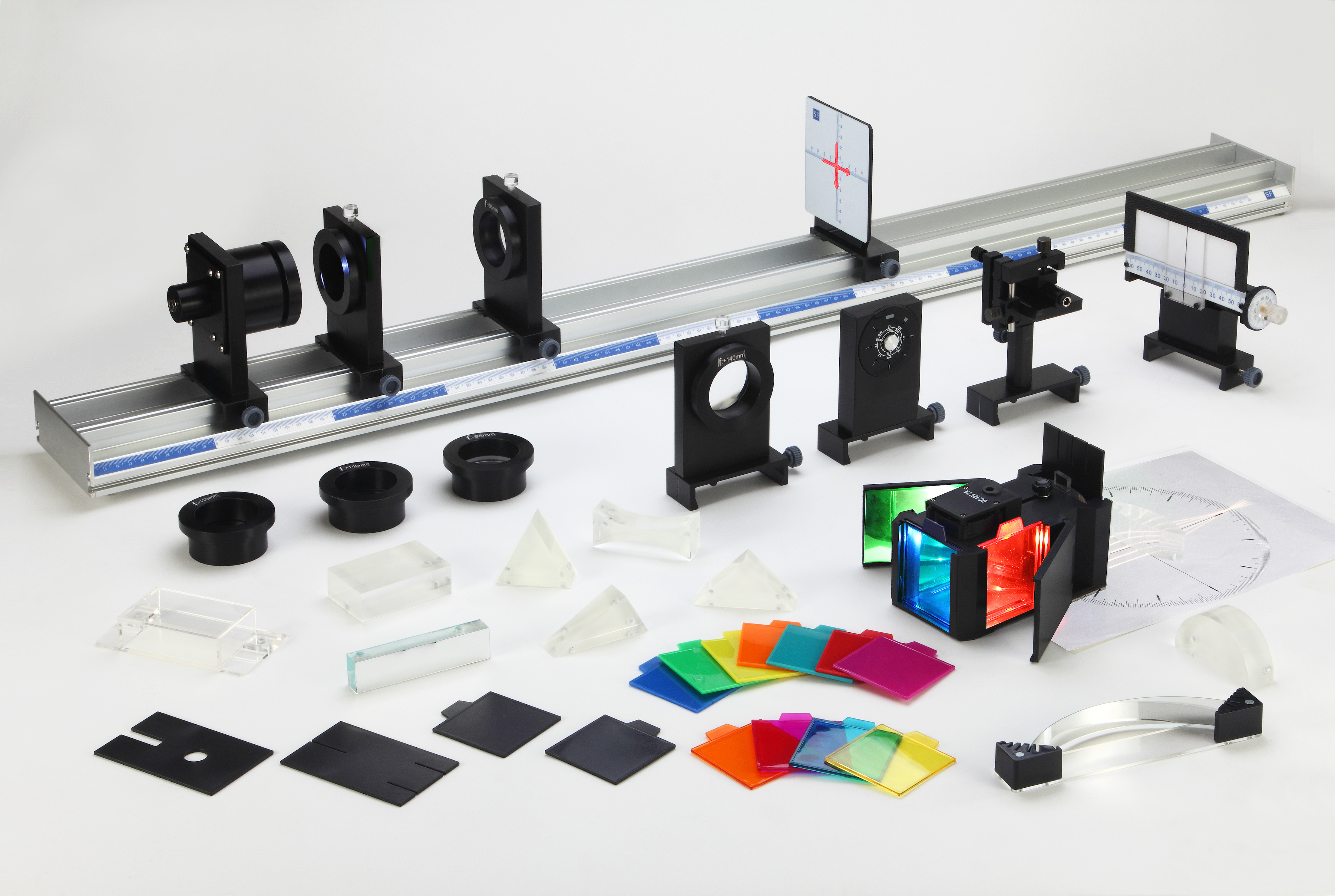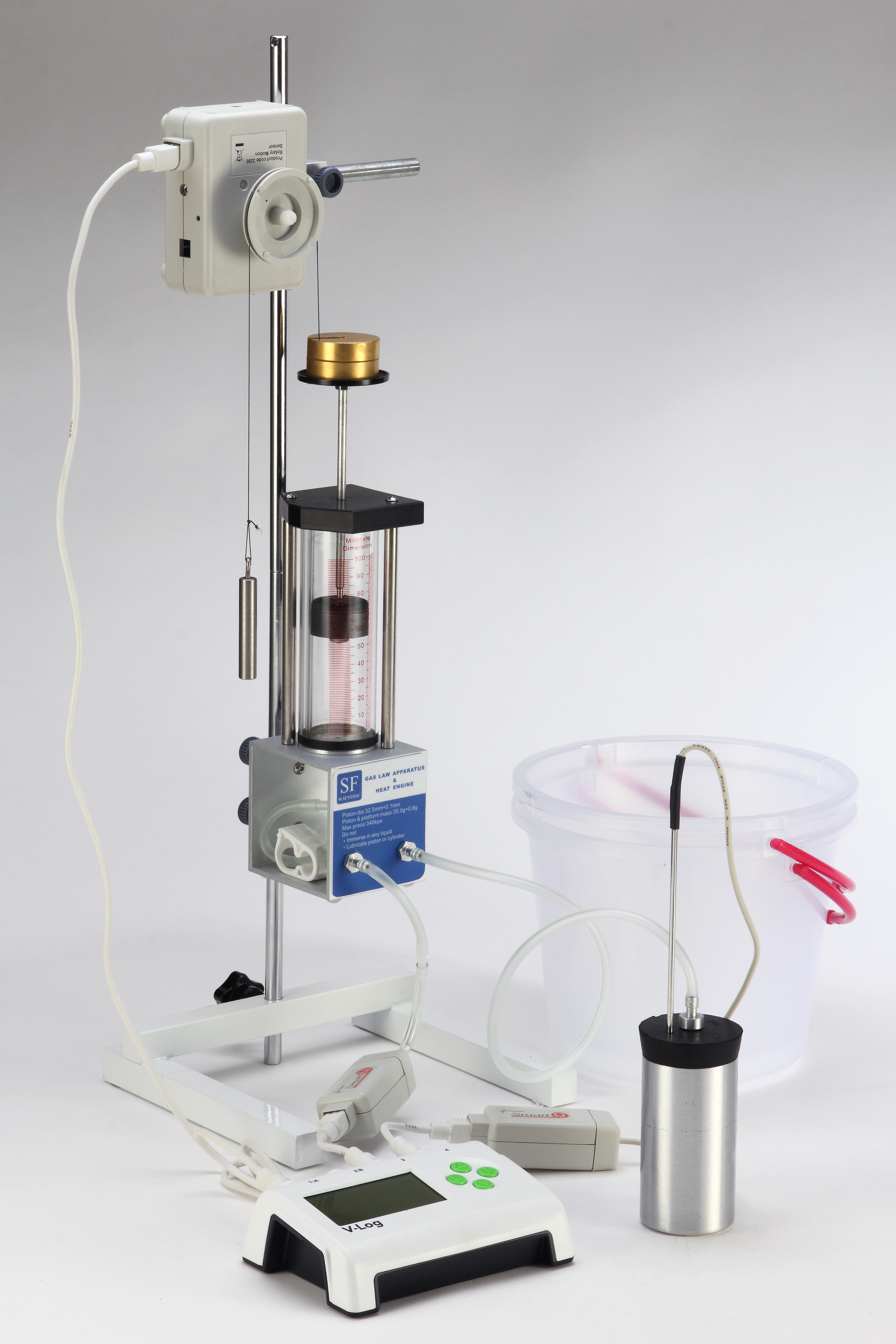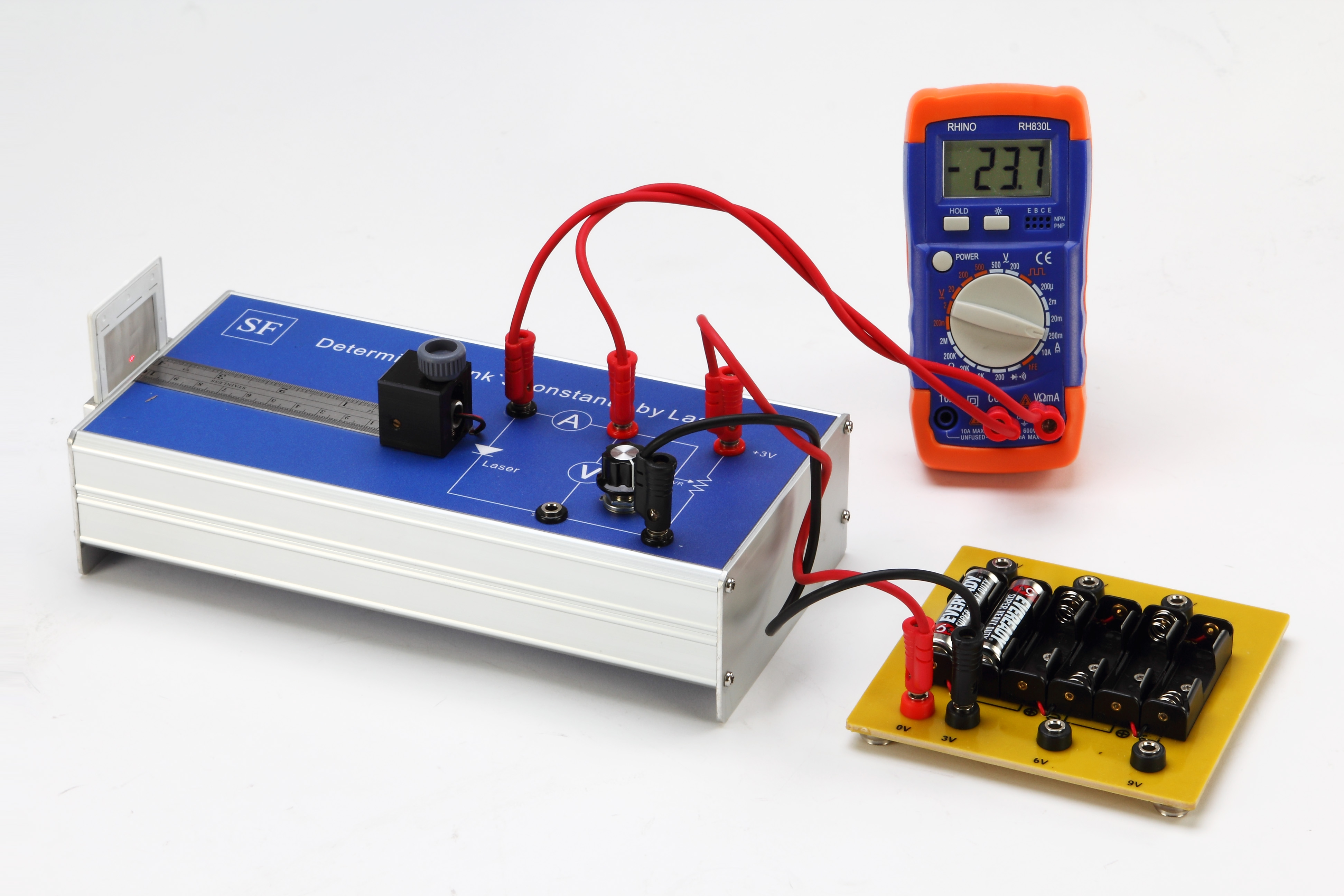
Determine the Planck’s Constant h by Laser
Item no.: F22 Introduction Rather than the energy continuity considered in classic physics, the energy level of a photon or an electron, viewed from quantum theory, exhibits an integer multiple of hf (here h is planks constant and symbol of f indicates the frequency of light wave). That means a light is emitted from or

